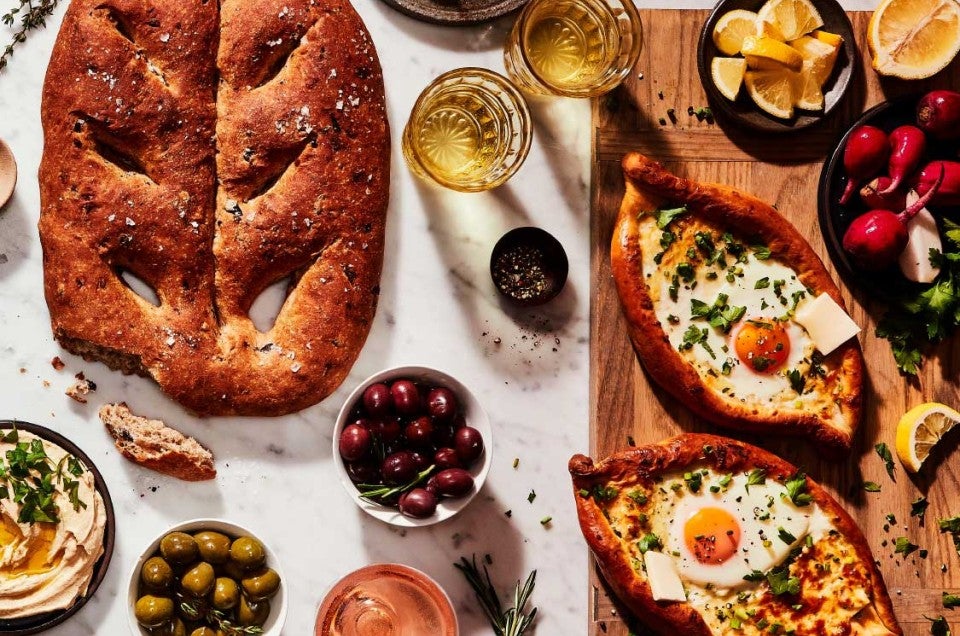


Quick! Name some bread shapes.
What immediately springs to mind? A sandwich loaf, most likely. Round rolls, basic boules, traditionally tapered baguettes?
The thing is, bread shapes can sometimes get a little … dare I say … boring?
Maybe that’s a step too far (I love you, Classic White Sandwich Bread!), but it’s not a stretch to call most bread shapes familiar. Even fun, impressive-looking shaping techniques like braids are replicated across recipes. Ingredients and flavors may vary, but how often do the forms they come in deviate from the beaten path?
If you’re ready to go beyond ordinary bread shapes and step into something extraordinary, we’ve got you covered.
Below, we round up four incredible breads with distinct shaping techniques, as well as provide steps to achieve them in your home kitchen. You’ll be rewarded with a gorgeous bread that looks extra-special, so be sure to snap a pic before you dig in!
From the Provence region of France, this dense, chewy bread is unbelievably flavorful (thanks to the olives and onions folded into the dough) in addition to being extremely eye-catching. Its leaf-like shape is simply achieved with just a few strategic cuts to the dough. The result is a bread with lots of crusty edges and tear-able pieces, ideal for dunking in olive oil or another one of your favorite dips.
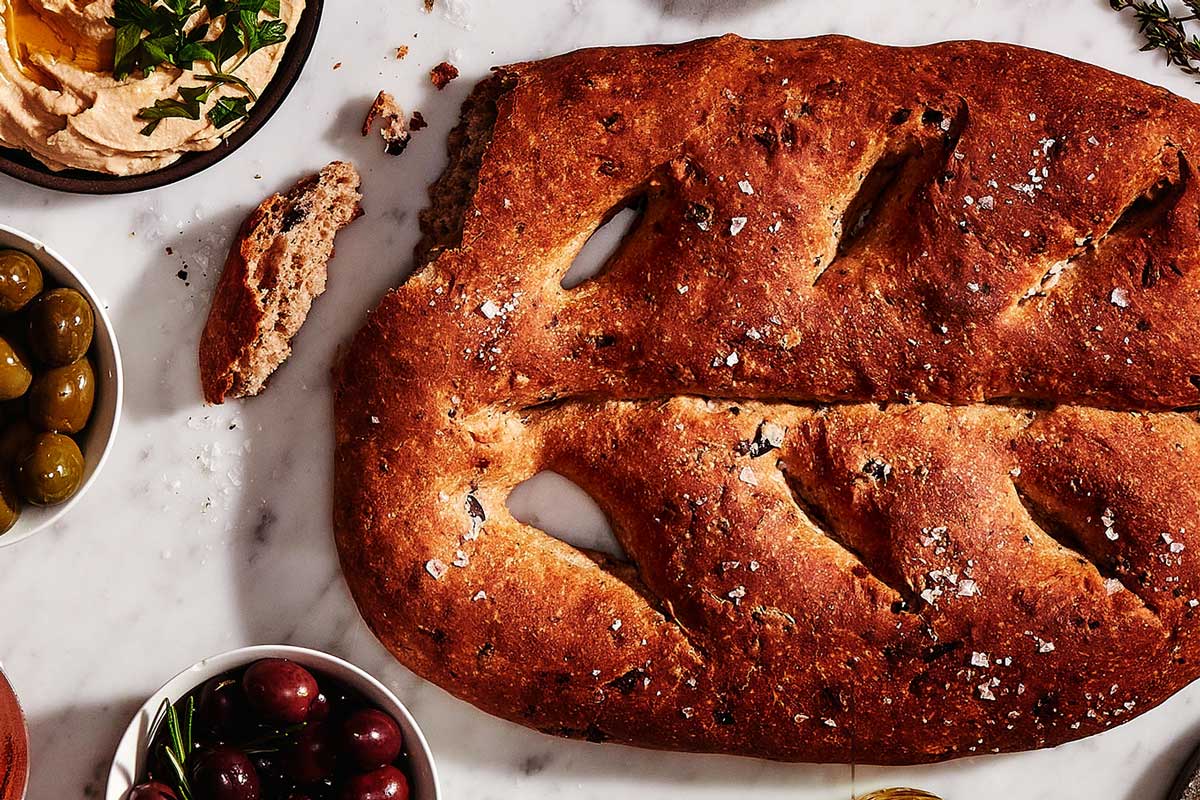
To create that signature shape, you’ll use scissors or a sharp knife to make decorative cuts all the way through the dough. This hand-shaped, freeform bread is inherently rustic, which is part of the charm: the shapes you cut will morph and shift as the bread rises and bakes, meaning each version is unique.
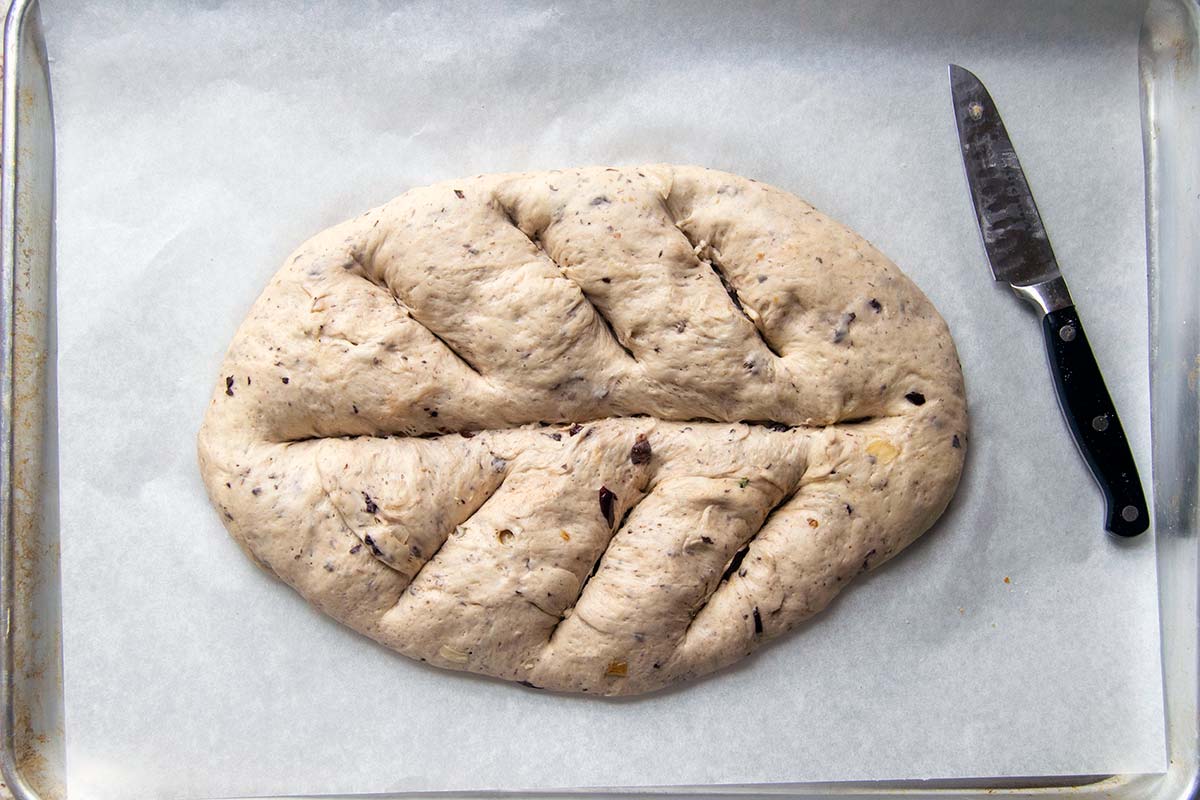
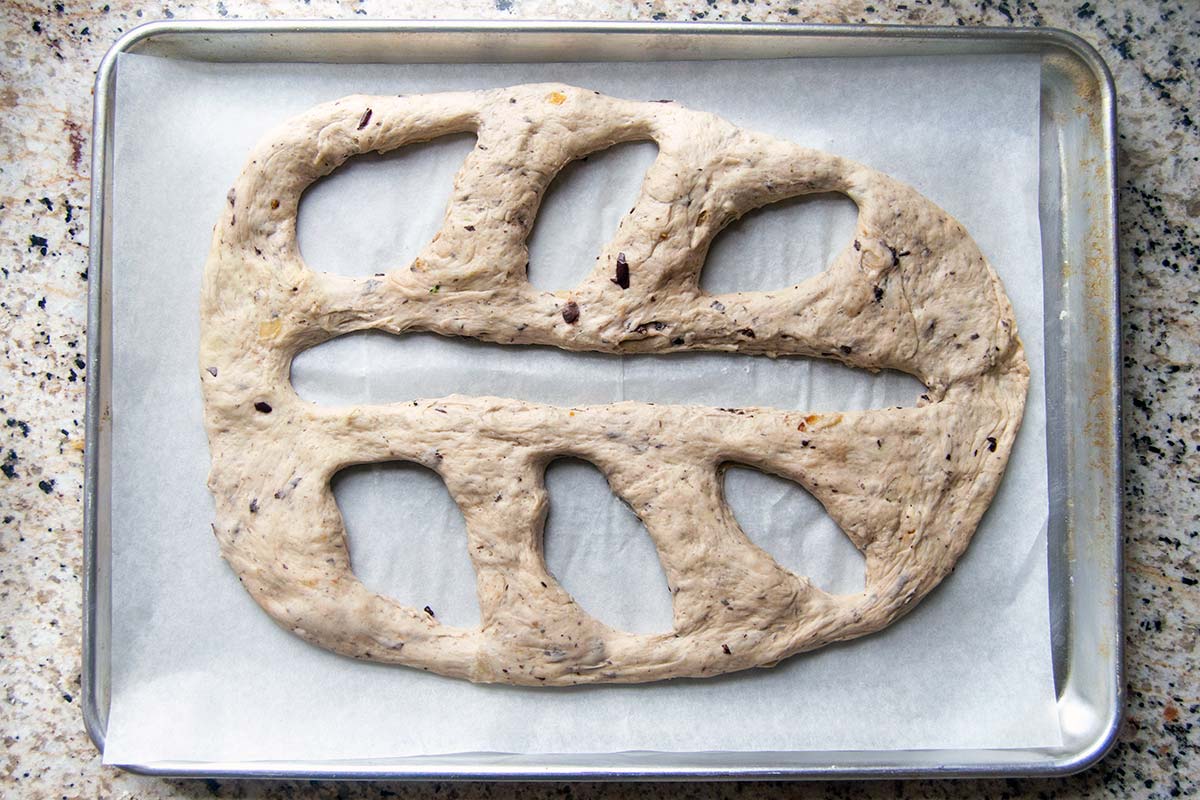
A classic dish from the country of Georgia, Khachapuri is a boat-shaped bread of bliss. Regional versions can be found across the country; this open-faced Adjaruli version, made with a cheesy filling and egg added in the second half of the bake, is likely the most familiar to Americans. The signature oval shape creates the perfect cradle for oozing, melty cheese, so it’s helpful to focus on getting it just right.
Made with bread flour, this dough is strong and elastic. It makes a stretchy, shapeable dough, but when it comes time to roll it out, don’t fret if it’s so elastic it starts shrinking back. Simply let it rest for 5 to 10 minutes, then try again. It’s always easier to wait for bread dough to work with you rather than fight it.
Generously shared with us by Hot Bread Kitchen, this traditional Persian flatbread has a crunchy, seeded exterior and chewy interior, thanks to bread flour. It’s shaped like most flatbreads, but with a signature twist — undulating grooves that run the length of the bread, creating a striped pattern and striking appearance.
This shape isn’t hard to achieve. You’ll flatten the bread into an oblong shape using your hands. (As with the Khachapuri, don’t hesitate to walk away for a few minutes if the dough fights you on this.) Then press grooves into the surface. The long handle of a wooden spoon is an excellent tool here, or try another kitchen utensil like a spatula. If you can’t find anything suitable, using your fingers will work just fine.
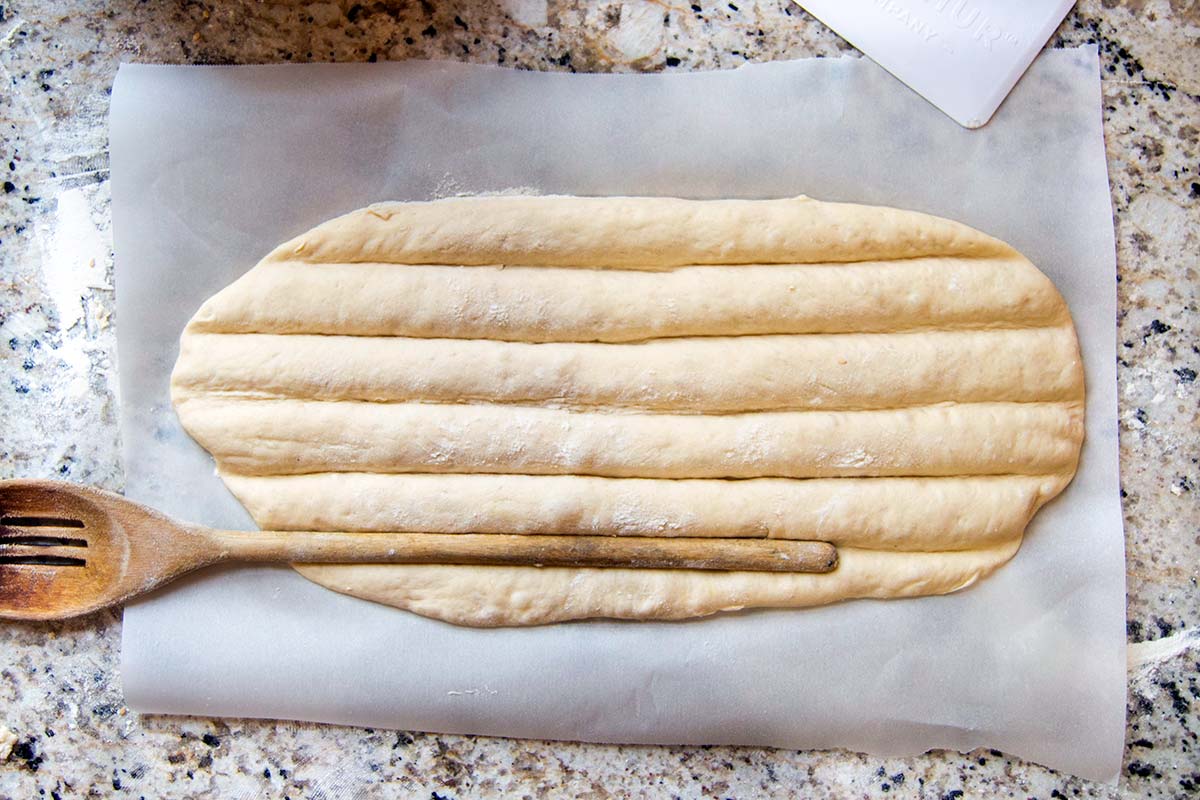
Aren’t those swirls divine? They immediately leap out, capturing the attention of innocent passersby. A traditional Slovenian bread, this loaf is typically made for special occasions using recipes passed down through generations. And with a rich, sweet filling made from nuts and cinnamon, as well as that gorgeous spiral, you can see why!
Get this: that stunning interior shape isn’t that hard to form. Really! The dough just needs to be rolled up as if you were making a (very large) cinnamon roll, then snuggled just so into a loaf pan.
As you first get the hang of things, it might be messy trying to keep the filling from spilling out as you bend and twist and pinch the filled dough. But even if you have a few open ends or seams, the bread still bakes up beautifully once you get it all in a loaf pan. So no need to worry too much throughout this process.
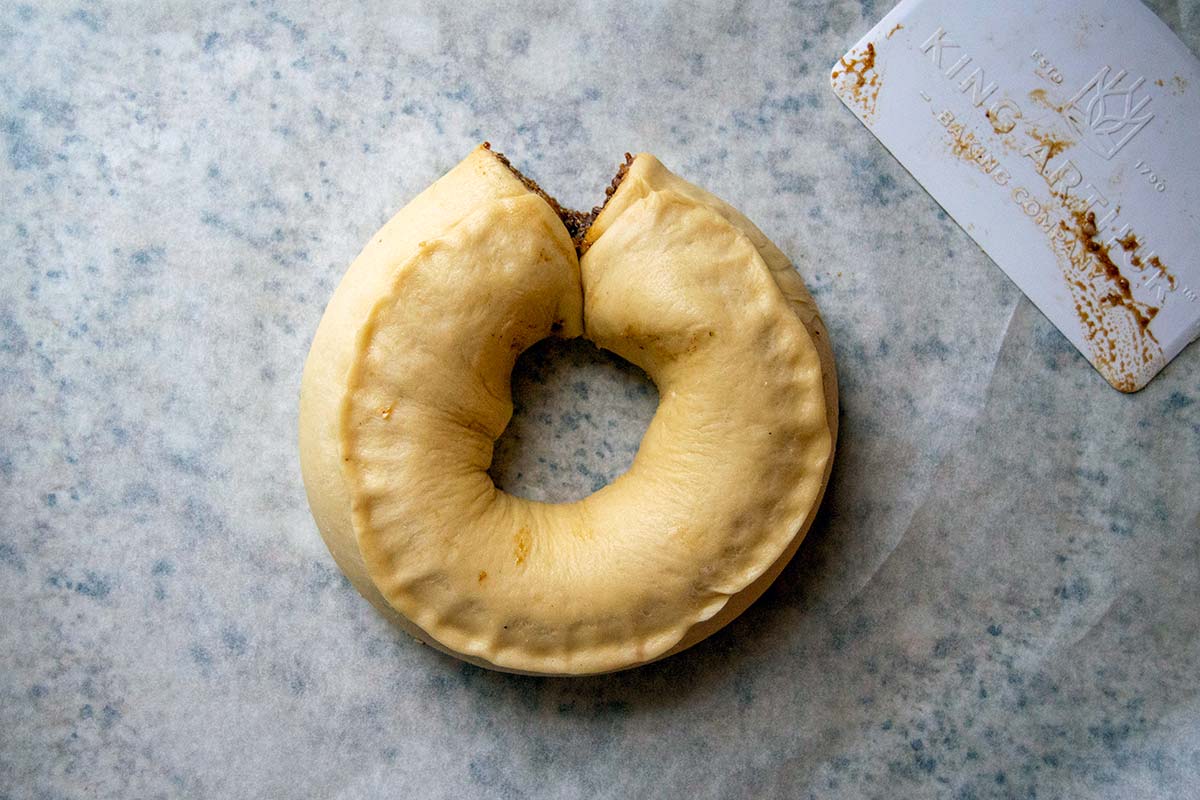
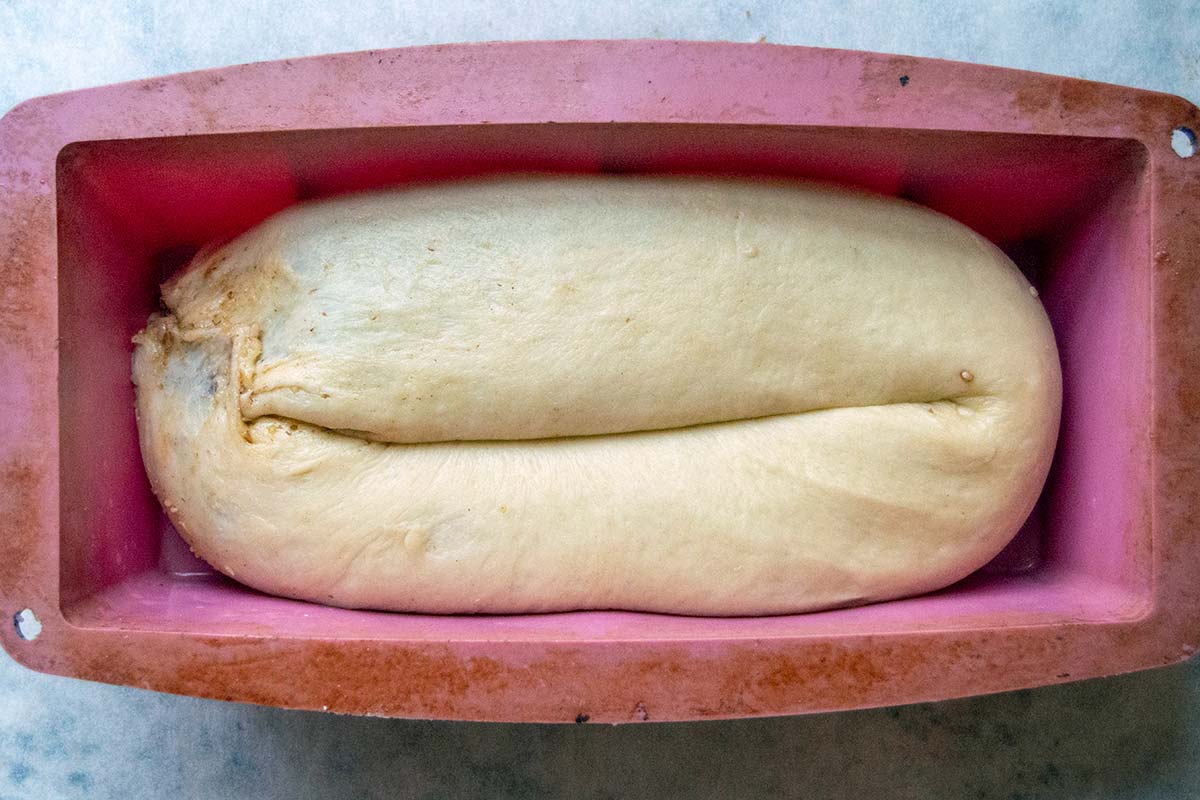
You'll repeat these steps with the second log of dough (and a second pan), then let them both rise one more time before baking.
Hopefully these recipes have inspired you to venture beyond common bread shapes to try out some different techniques. While we all love our beloved everyday recipes — the familiar breads we turn to time and time again — baking recipes that differ in shape (or flavor, technique, or ingredients!) can spice up the bread-making routine and remind us that the world of bread is vast and never-ending.
Which means there’s plenty of baking to do!
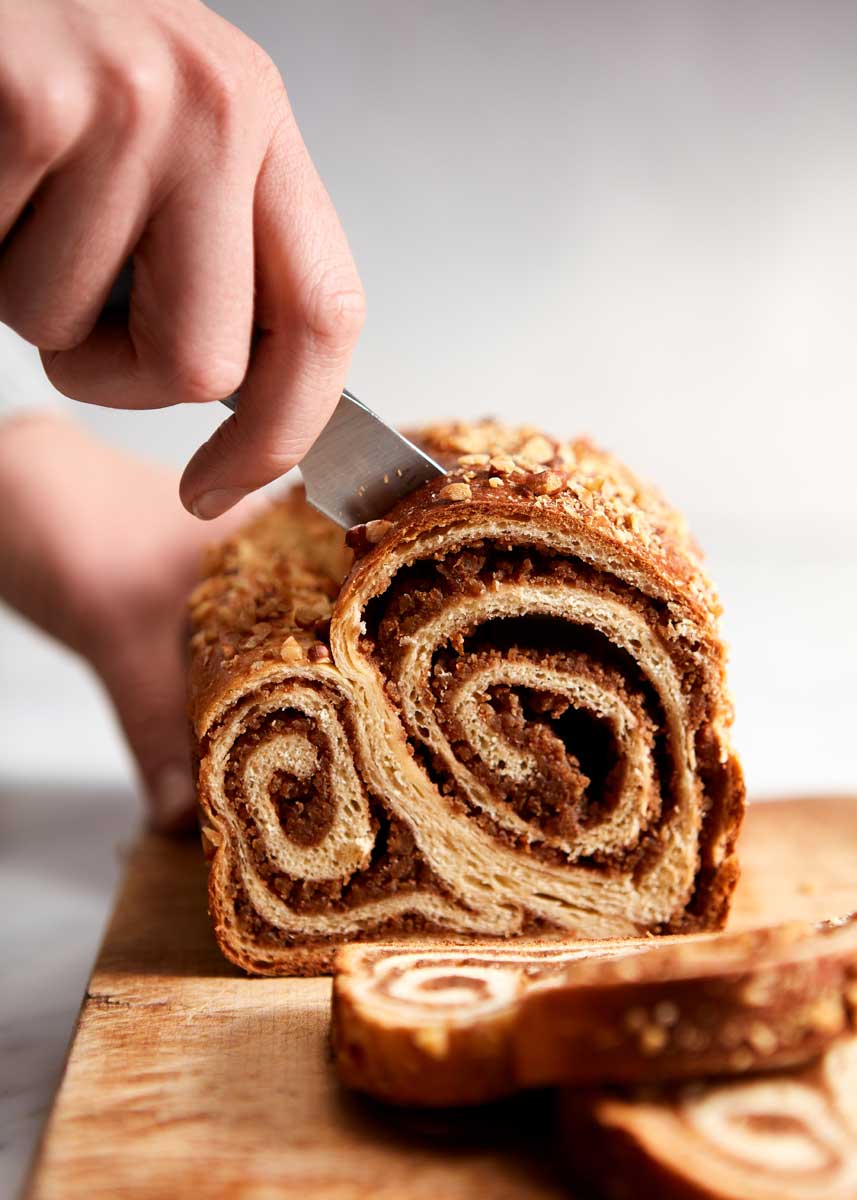
For more recipes that go beyond the ordinary, check out our collection of Extraordinary Breads. The dozen distinct recipes featured will have you thinking about bread in a whole new way.
Cover photo by Rick Holbrook